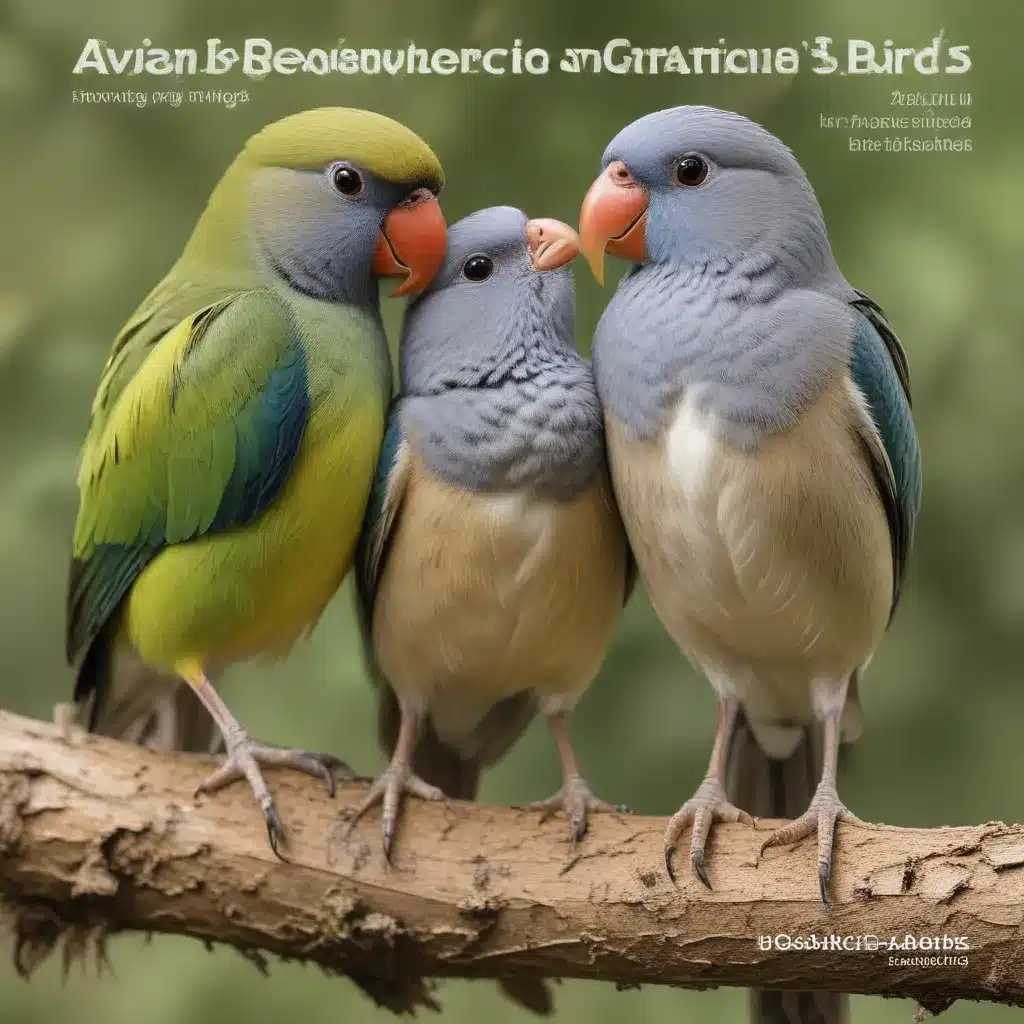
As an experienced avian caretaker and expert in bird species, I understand the nuances and challenges involved in maintaining the health and wellbeing of captive birds. Ensuring successful reproduction is a critical part of any comprehensive captive care program, requiring a deep understanding of avian behavior, physiology, and environmental needs.
Avian Species Diversity
Native and Exotic Bird Populations
The avian world is incredibly diverse, encompassing thousands of unique species found in habitats across the globe. From the vibrant hummingbirds of the Americas to the majestic cranes of Asia, each bird brings its own set of specialized adaptations and behaviors. Captive breeding programs must account for this rich diversity, tailoring their approaches to the specific requirements of the species under their care.
Ecological Niches and Habitat Requirements
Whether a bird hails from the tropics or the tundra, its natural habitat plays a crucial role in shaping its reproductive strategies and overall wellbeing. Factors such as temperature, precipitation, food availability, and nesting resources all influence a bird’s breeding behaviors and success. Replicating these environmental cues in a captive setting is essential for promoting healthy breeding.
Taxonomic Classification of Captive Birds
Avian taxonomy provides important insights into a species’ evolutionary history and biological characteristics. Understanding a bird’s taxonomic classification – whether it is a parrot, waterfowl, or songbird – can inform dietary needs, social structures, and other key aspects of its care. Captive breeding programs must stay up-to-date on the latest taxonomic classifications to ensure they are meeting the unique requirements of each species.
Captive Bird Breeding Considerations
Breeding Physiology and Seasonality
Birds are oviparous, meaning they lay and incubate eggs. Sexual maturity occurs from 6 months of age in smaller birds to 3–5 years in larger parrots. Most hens have only a left ovary and oviduct, and are heterogametic, meaning the female determines the sex of the chick. The male has two testes located internally cranial to the cranial pole of the kidney.
In the wild, most birds have a specific breeding season, with reproductive activity triggered by environmental cues such as photoperiod, temperature, and rainfall. However, captive and pet birds may breed at any time, based on factors like nutrition, the presence (or perceived presence) of a mate, and the availability of nesting resources.
Pair Bonding and Courtship Behaviors
Successful breeding in captive birds often hinges on the establishment of strong pair bonds. Many species, such as parrots, are highly social and form lifelong pair bonds in the wild. Captive breeding programs must facilitate the development of these bonds through the provision of appropriate social environments and the observation of species-typical courtship behaviors.
Nest Building and Egg Laying
The construction of a suitable nest is a critical component of avian breeding. Birds may use a variety of natural materials, such as twigs, leaves, and grasses, to build their nests. Providing captive birds with the appropriate nesting resources can encourage natural nesting behaviors and promote successful egg laying and incubation.
Promoting Reproductive Success
Environmental Enrichment and Husbandry
Creating an environment that caters to a bird’s innate behavioral needs is essential for supporting successful breeding. This includes offering opportunities for foraging, bathing, perching, and nesting. By promoting the expression of species-typical behaviors, captive breeding programs can reduce stress and encourage natural reproductive activities.
Nutritional Management and Supplementation
Proper nutrition is a key factor in avian reproductive success. Captive birds must receive a balanced diet that meets their specific nutritional requirements, particularly for minerals like calcium that are essential for egg production. Dietary supplementation may be necessary to ensure birds are obtaining all the necessary nutrients to support breeding.
Veterinary Care and Health Monitoring
Regular veterinary check-ups and health monitoring are critical for captive breeding programs. Identifying and addressing any underlying medical issues, such as reproductive diseases or nutritional imbalances, can help ensure birds are in optimal condition for breeding. Veterinary support is also crucial for managing complications that may arise during egg laying, incubation, or chick rearing.
Challenges in Captive Breeding Programs
Genetic Diversity and Inbreeding Concerns
Maintaining genetic diversity is a constant challenge in captive breeding programs. As populations grow, the risk of inbreeding increases, which can lead to the expression of deleterious traits and reduced fitness. Carefully managing breeding pairs, implementing genetic testing, and strategically introducing new bloodlines are essential for preserving the long-term health and viability of captive populations.
Chick Rearing and Parental Care
Ensuring successful chick rearing is another critical aspect of captive breeding programs. Some species thrive when allowed to raise their own young, while others may benefit from human intervention or foster parenting. Captive programs must carefully evaluate the needs of each species and individual birds to determine the best approach for chick rearing and parental care.
Reintroduction and Conservation Efforts
Ultimately, the goal of many captive breeding programs is to support the conservation of wild populations. Reintroducing captive-bred birds into their natural habitats requires meticulous planning and preparation to ensure the birds are equipped with the necessary skills and adaptations to thrive. Captive breeding programs must work closely with conservation partners to overcome the unique challenges associated with reintroduction and population recovery efforts.
By understanding the diverse behavioral and physiological needs of captive birds, as well as the complex challenges facing captive breeding programs, avian caretakers can develop comprehensive strategies to promote successful reproduction and support the long-term conservation of these remarkable species. Through a combination of evidence-based husbandry practices, innovative enrichment techniques, and dedicated veterinary care, captive breeding programs can play a vital role in safeguarding the future of avian populations around the world.
For more information on avian care and breeding, I encourage you to visit the Mika Birds Farm blog at https://mikabirdsfarm.com/. Their wealth of resources and expert guidance can provide invaluable insights to help you succeed in your avian endeavors.


